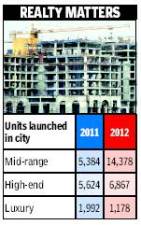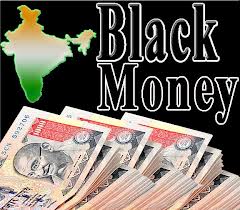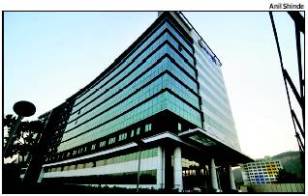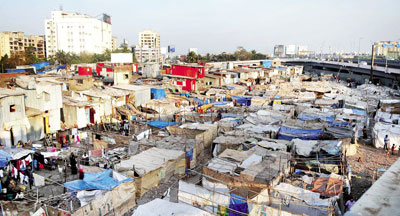
While the end of 2012 witnessed the initiation of a few regulations by the government benefitting the realty industry, 2013 can be considered as the starting point for these policies to be executed. Several experts feel that 2013 would witness the much needed steps to be formulated for the realty sector.
Sukhraj Nahar, CMD, Nahar Group says, “The real estate industry is currently passing through a transformation. All of its participants have made serious efforts to bring transparency in 2012. Going forward, we feel this will help both industry players and stakeholders. The industry is still unorganised and its efforts with the government for awarding them industry status are in progress.” Nahar also has a lot of expectations from the government in terms of various positive initiatives like priority lending from banks, immediate rate cut by RBI and single window clearance for project approvals.
The economy had its share of ups and downs during the last year, but it picked up in the end because of a few government initiatives. Samujjwal Ghosh, Head of Marketing, Lodha Group says, “The Indian economy slowed down between mid 2011 and mid 2012, but then bottomed out and started rebounding. This was partly because interest rates started falling and partly because the government started taking proactive measures to push up the economy in the last few months. Also, last year many developers adopted a wait and watch attitude due to changes in FSI norms and approvals, which will now change as the sector will be buoyant this year. This is good news for the industry as well as for customers being a win-win situation for both.”
Lodha plans on continuing with the development of their city centre project New Cuffe Parade. Ghosh lists Wadala as a prime destination to invest in property in 2013 as it has proximity to the premium business districts of Bandra Kurla Complex and is the only confluence of the Monorail, Metro and Eastern Freeway.
Joint government efforts can help revive the real estate sector and take it to new heights. Lalit Kumar Jain, CMD, Kumar Urban Development Ltd and President National – CREDAI, believes that if the government shows concern towards the industry, they expect a lot from the government like the Finance Ministry and RBI working together to strengthen demand and supply by a special housing development policy. He says, “We also expect the Housing Ministry to work with the Finance Ministry and work out affordable housing through various measures in the Finance Bill.”
Several essential issues in the real estate industry need to be addressed immediately. Approval of single window clearance, stamp duty and VAT, among many others, is important for the sector to grow. Dhaval Ajmera, Director, Ajmera Realty & Infra India Ltd says, “2013 is expected to be vibrant for the realty industry. The need of the hour is quintessential reforms to be passed along with the approval of single window clearance to ensure speedy approval. Matters which urgently need to be addressed include stamp duty, VAT, service tax and labour tax.”
The year 2012 has seen maximum number of steps taken by the government to boost the realty sector. As a result developers believe that 2013 would be a positive year for the sector. A Kalpataru spokesperson says, “We are expecting 2013 to be more robust compared to the past few years based on the government’s impetus on the infrastructure development including the Mumbai Metropolitan Region; coupled with positive steps taken by the Centre to find concrete solutions for issues in the industry.” The Kalpataru spokesperson also feels that the Finance Ministry’s motivation through softening of interest rates and lending more to the real estate sector will have a positive impact on both developers and consumers.
The real estate market could start to perform better as the easing of FDI norms will begin to show results during the second half of the year, believes Jain. He says, “The economy will also recover in 2013 which in turn will perk up the real estate sector in India. With the government trying to introduce developer and buyer friendly policies, the outlook for real estate in 2013 does look promising.”
QUICK BYTES
THE SECTOR IS STILL UNORGANISED AND EFFORTS WITH THE GOVERNMENT FOR AWARDING INDUSTRY STATUS ARE IN PROGRESS
THE FINANCE MINISTRY’S MOTIVATION THROUGH SOFTENING OF INTEREST RATES WILL HAVE A POSITIVE IMPACT ON DEVELOPERS AND CONSUMERS









